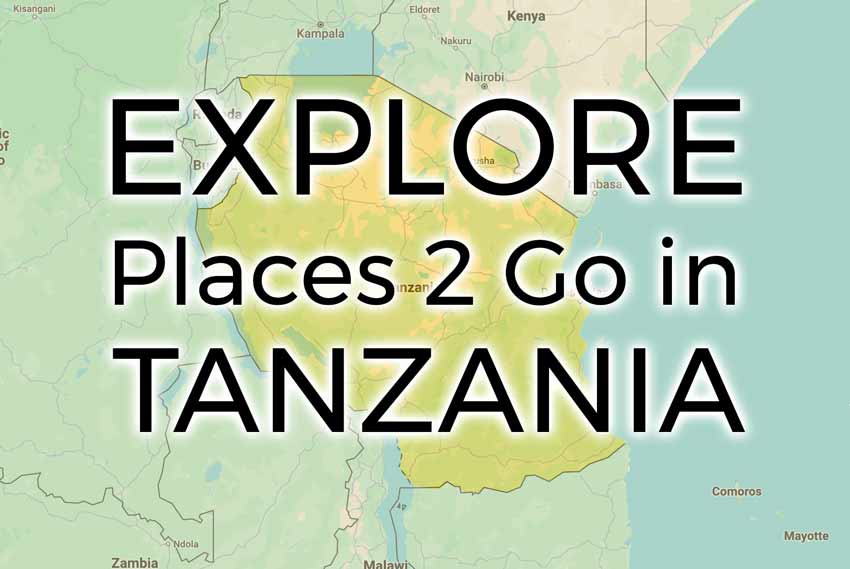Description: Set below the verdant slopes of the spectacular Usambara and Pare Eastern Arc Mountain ranges and overseen by the iconic snow-capped peak of Kilimanjaro, Mkomazi is a breathtaking park, exhibiting unique natural treasures and an immense sense of space. A game reserve since 1951, this new National Park takes its name from Pare tribe’s word for “scoop of water,” referring to little water. Mkomazi is a vital refuge for two highly endangered species, the charismatic black rhino and sociable African wild dog, both of which were successfully reintroduced in the 1990s.
Location: Northern circuit, 3.5 hours from Moshi
Things 2 Do: Game Drives, Guided Walks, Night Game Drives, Sundowners, Visits to Conservation Projects
Time: 2 nights is optimal given the transit time to get to/from the park.
Animals: Giraffe, oryx, gerenuk, hartebeest, lesser kudu, eland, impala and grant’s gazelle share the park with elephants, buffalo and numerous predators including lions, leopards and cheetah. With over 450 species of birds recorded at the park, it is a birder’s paradise. And don’t forget the conservation work being done with black rhinos and wild dogs!
Accommodations:
$$$
Babu’s Camp
Mkomazi Wilderness Retreat
“We are very pleased with Access 2 Tanzania and have already recommended you to friends who are considering a safari. We like the facts that your company supports your non-profit, that you have permanent guides, that we could pay by personal check, and that Karen listened and responded to our travel preferences. The planning process was great fun. We mentioned especially enjoying nice views from lodgings, and every place we stayed had those.”


